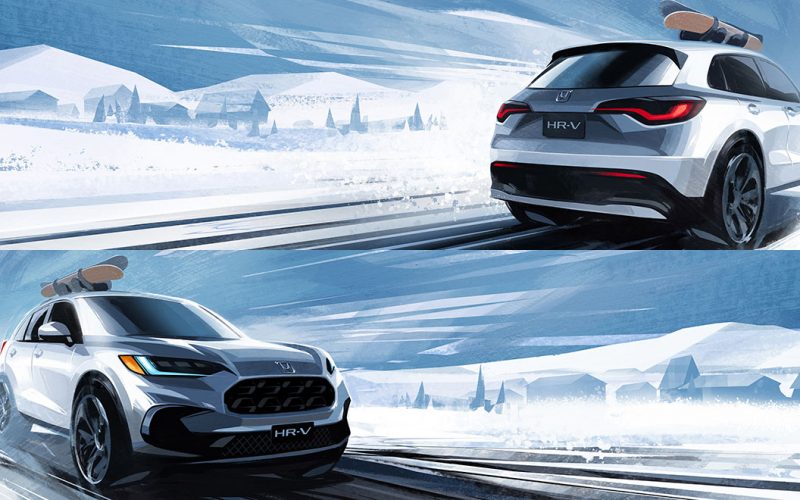
Reading Time: 8 minutesHonda is calling 2022 the “Year of the Crossover,” partially due to 2021 being the year
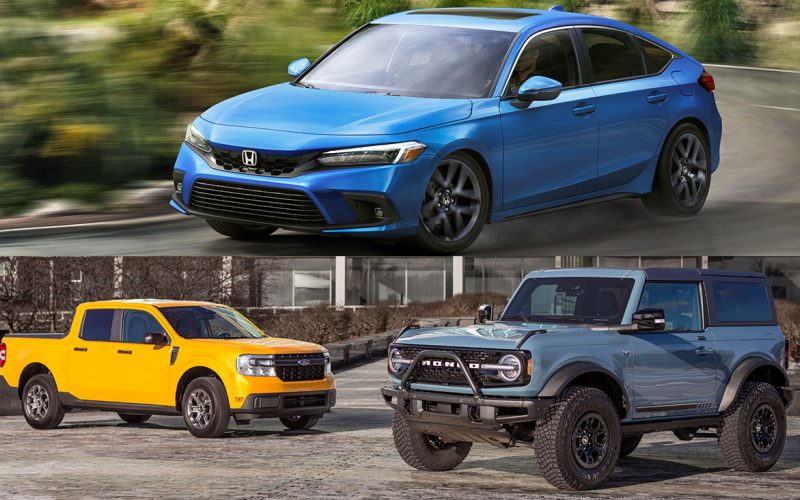
Reading Time: 4 minutesFord has been on a roll lately, winning two of last year’s North American Car, Truck
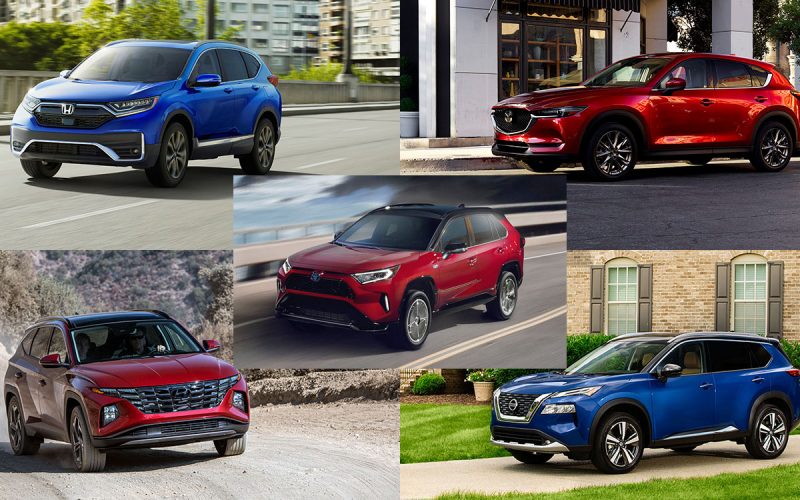
Reading Time: 12 minutesThere’s no hotter segment in today’s car market than the compact crossover SUV. Having started in
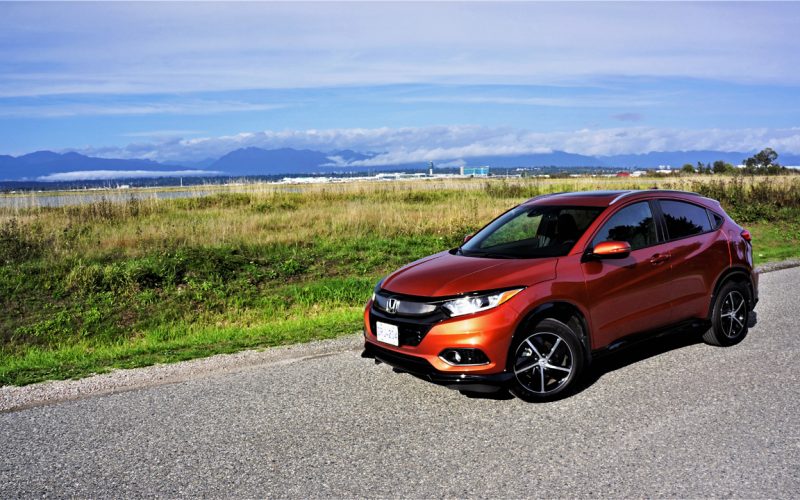
Reading Time: 10 minutesHonda has been a strong player in the subcompact crossover market for decades, although only chose
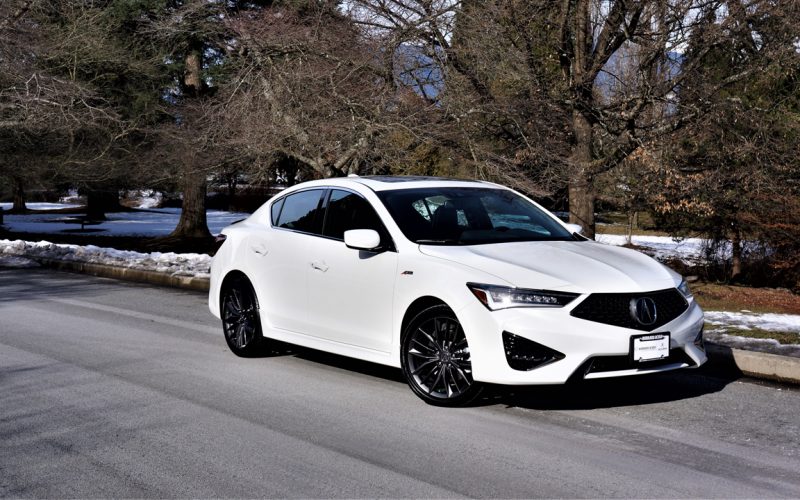
Reading Time: 12 minutesLooking for a great deal on a very good premium sedan? I can think of a
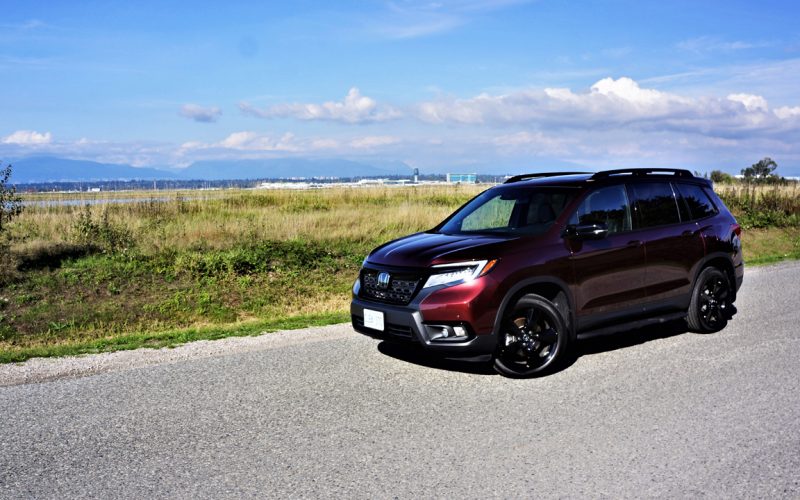
Reading Time: 16 minutesWith five-passenger crossovers regularly at the top of the mid-size SUV sales charts in North America,
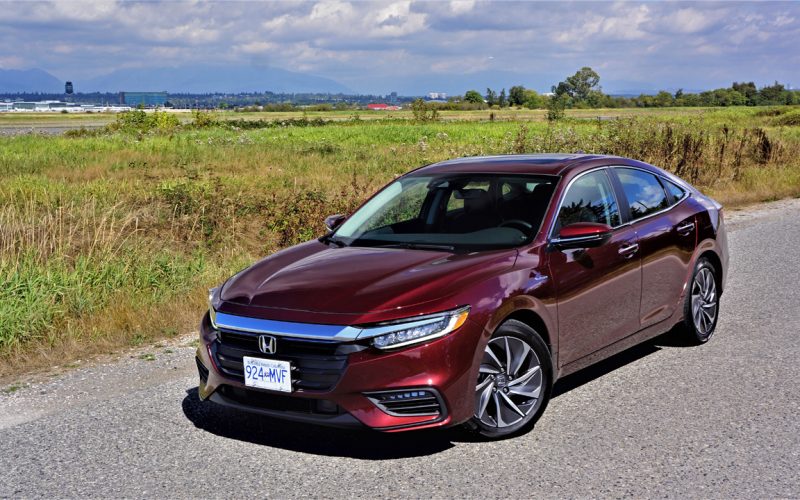
Reading Time: 15 minutesI’ve got to admit, Honda’s hybrid and full-electric strategy has long baffled the mind. Despite being
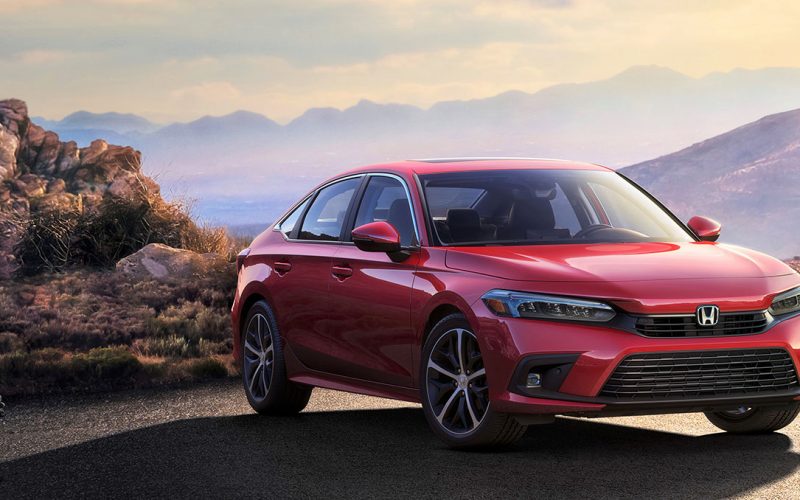
Reading Time: 3 minutesHonda Canada’s Civic sales have been crashing recently, down more than 20 percent throughout Q1 of
© 2025 The Car Magazine. All Rights Reserved, Privacy Policy | Terms of Use